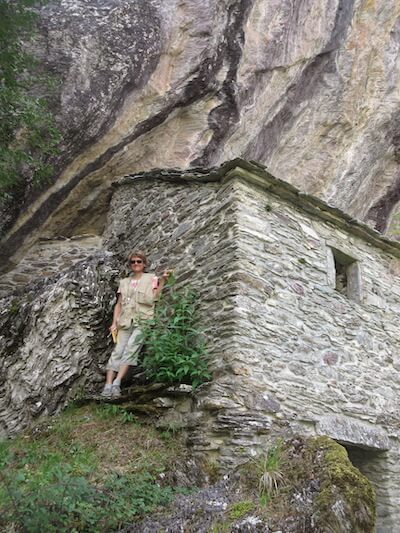We have a tendency to elevate the “pure sciences,” physics and chemistry, above the “softer” ones, such as biology and geology. So tells us geologist Marcia Bjornerud in her latest book, Timefulness: How Thinking Like a Geologist Can Help Save the World.
According to this bias, the truths given to us by physics and chemistry are superior because they are universal, “unsullied by time.” As Bjornerud puts it, “[like] Plato’s “forms,’ these immortal laws are often considered more real than any specific manifestation of them (e.g., the Earth).”

There is a fundamental philosophical difference at play here that reminds me of David Abram’s work. Is knowledge something to be wrested away from our day-to-day reality, distilled into a pure form, or is it anchored in our bodies and our experience?
And what is at stake in this dispute?
Bjornerud has an answer to that last question: “e.g. the Earth.”
Oh that.
She makes it clear that if we privilege knowledge that is divorced from our earthborn lives we risk forgetting that our entire existence is predicated on the planet from which we are made.
And, so, using her geologist’s lens, she tells us the story of the Earth itself: its long, grumpy childhood, the relatively brief, calm period which made human civilization possible, the threats it now faces, and, even, its death – or at least the end of life on Earth – that geologists foresee.
This story, in which the Earth itself is the protagonist, puts our own lives in startlingly new perspective. Earth is no longer a fixed background for our human dramas. In fact, what we imagined to be the stage set is dynamic, constantly changing, and our lives are inextricably bound to this ever-moving, ever-altering orb.
Knowledge placed on this topsy turvy stage set takes on a different character as well. It becomes a more dynamic thing, bound not only to the earth but to the constant flux of time. Thus, Bjornerud’s term “timefulness” with which she intends to evoke the popular concept of “mindfulness” but also the geologist’s appreciation for Deep Time, the term John McPhee invented to refer to the prehistorical, prearcheological past.
Ironically, I found the best analog for Bjornerud’s conception of time in a book by a physicist. In The Order of Time, Carlo Rovelli – a physicist Bjornerud admires as well – writes:
“The entire evolution of science would suggest that the best grammar for thinking about the world is that of change, not of permanence. Not of being, but of becoming. We can think of the world as made up of things. Of substances. Of entities. Of something that is. Or we can think of it as made up of events. Of happenings. Of processes. Of something that occurs. Something that does not last, and that undergoes continual transformation, that is not permanent in time. The destruction of the notion of time in fundamental physics is the crumbling of the first of these two perspectives, not of the second. It is the realization of the ubiquity of impermanence, not of stasis in a motionless time.”(97)
There is something intuitively sense making and accessible about this view of time, and I find it striking that this supplanting of being with becoming speaks both to a better understanding of the Earth – the geologist’s perspective that Bjornerud offers us in her book – and to our ordinary human experience. Certainly by middle age, if not earlier, we know that impermanence is the one constant of our lives.
